Scientists Caught Off Guard After Lake Superior Was Hit By a Rare Tsunami-Like Phenomenon
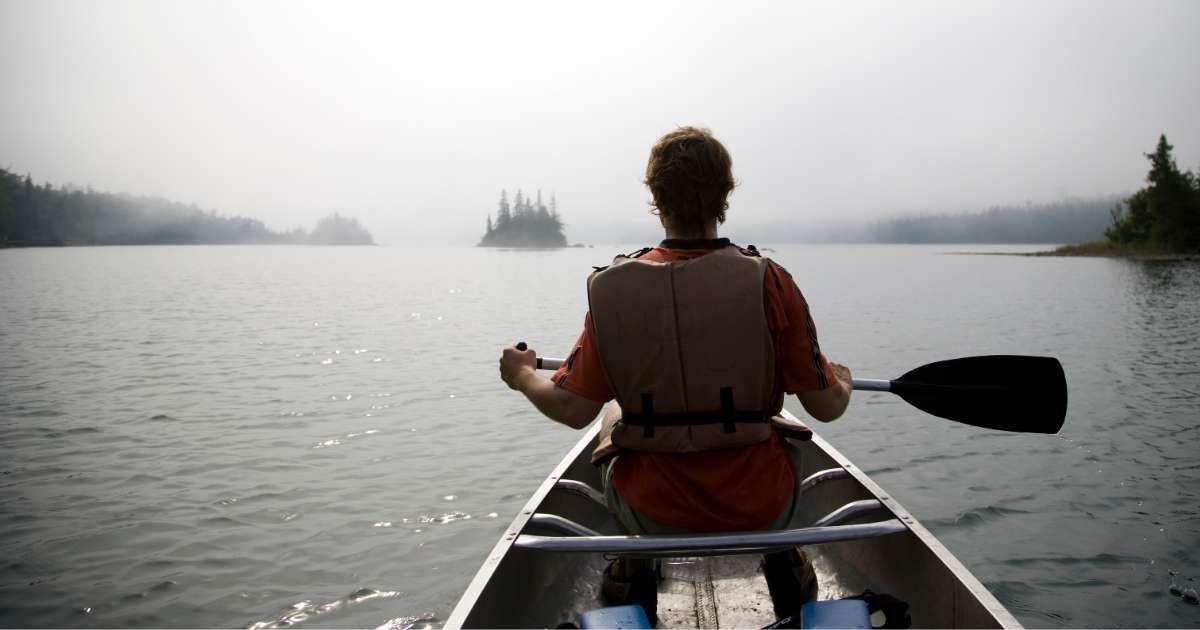
On June 21 this year, gusts of wind turned Ontario’s Lake Superior into a monster. The lake’s waters were jolted in a dance of rising and falling. When Alan Auld stepped out of his house to look at the lake, he thought the waters were receding like a draining bathtub. Auld lives in Shuniah, a small town tucked on the northern shoreline of the lake, known for its crystal caves, purple gemstone mines, and a monument. The event marked a noteworthy episode in the history of Superior’s weather chronicles. As Auld also shared with CBC, the lake’s water levels saw massive fluctuations in just two-and-a-half hours.
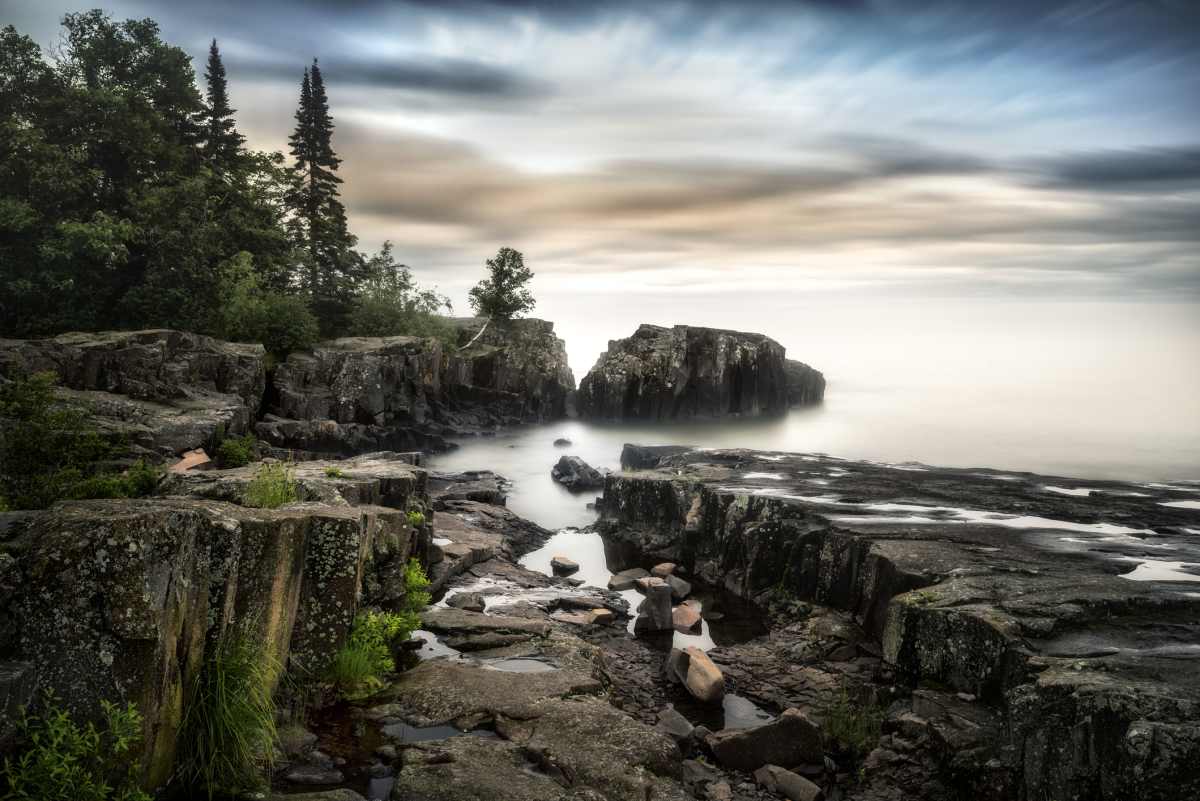
"To see Lake Superior, the largest freshwater lake in the world, can do something like that, that's quite powerful. So we were in awe,” Auld described to CDC. The event was, rather, a scientific phenomenon called “meteotsunami.” While an ordinary tsunami is triggered by seafloor movements like earthquakes or seismic tremors, a meteotsunami is caused by aggressive weather conditions such as thunderstorms.
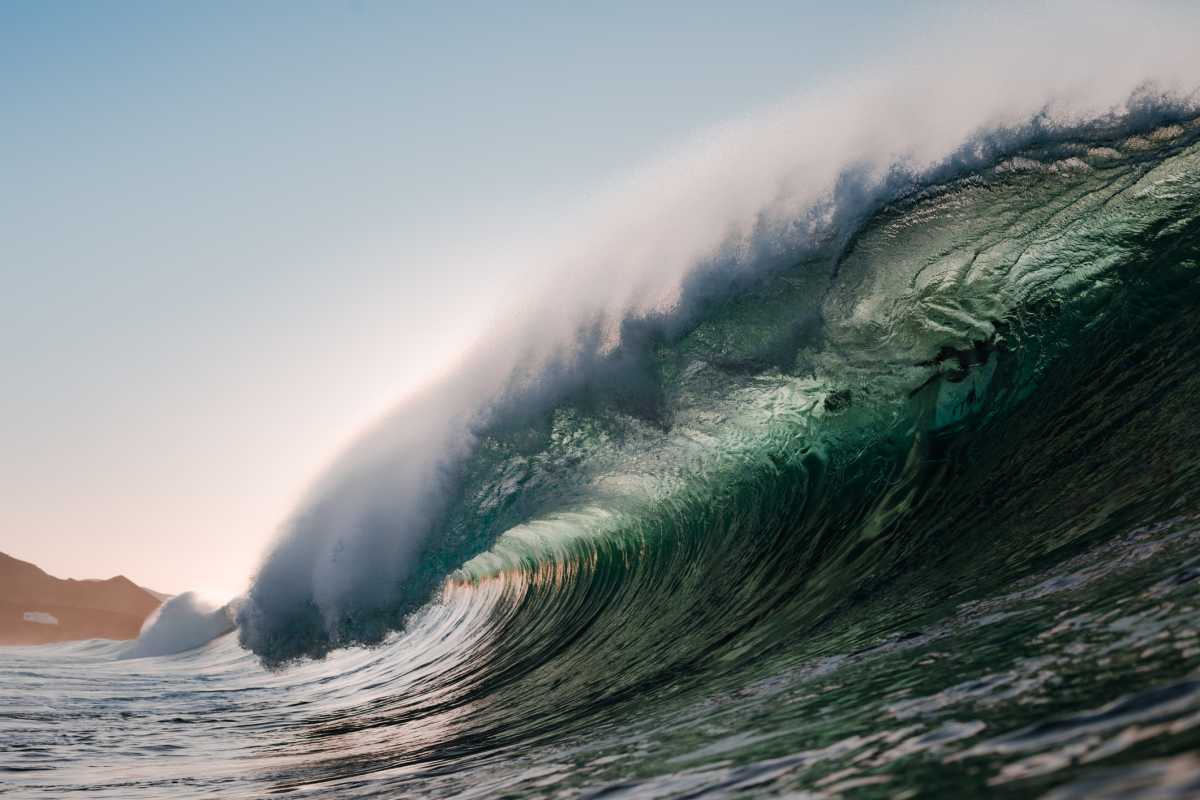
So, in what MLive calls the “crazy up and down period of the lake,” Lake Superior got agitated into a monstrous restlessness, and its waters started fluctuating. Over the next four days, the fluctuations reported were observed to be caused by three specific weather and water features. The first one was, of course, a meteotsunami, a phenomenon in which strong gusts of wind erupting out of thunder push the waves in front of the storm. While the waves roll in front of the storm, the stormy winds overshadowing from the back fuel up the waves to reach towering heights, in this case 19 inches.
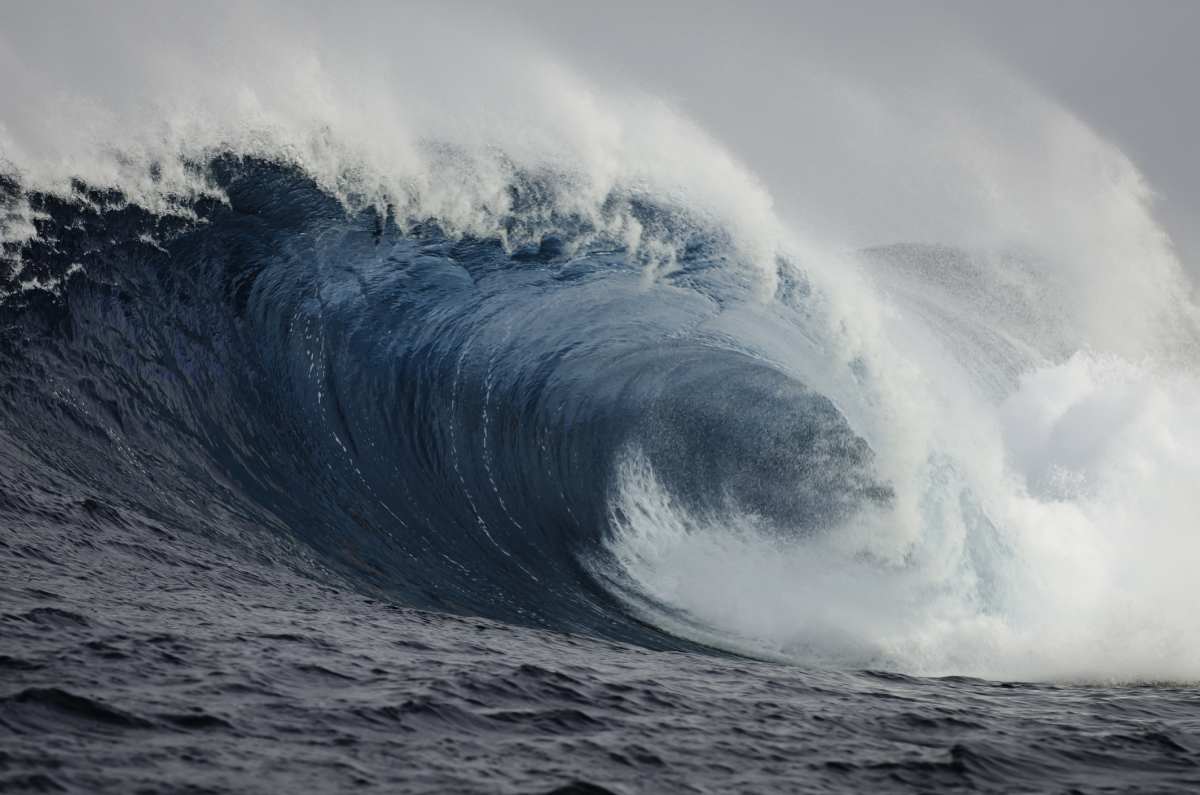
In a photo of a beach Auld shared with CBC, the sandy shoreline appears to have ripples, where previously, there was just a glassy expanse of glimmering waters. Eric Anderson, an associate professor at the Colorado School of Mines who has been studying meteotsunamis for over a decade, explained the science of these tsunamis to the news outlet, saying, “A big change in air pressure accompanied by high wind speeds can play into generating a meteotsunami wave.” He added, “We have enough evidence to say that this was a meteotsunami-like event.”
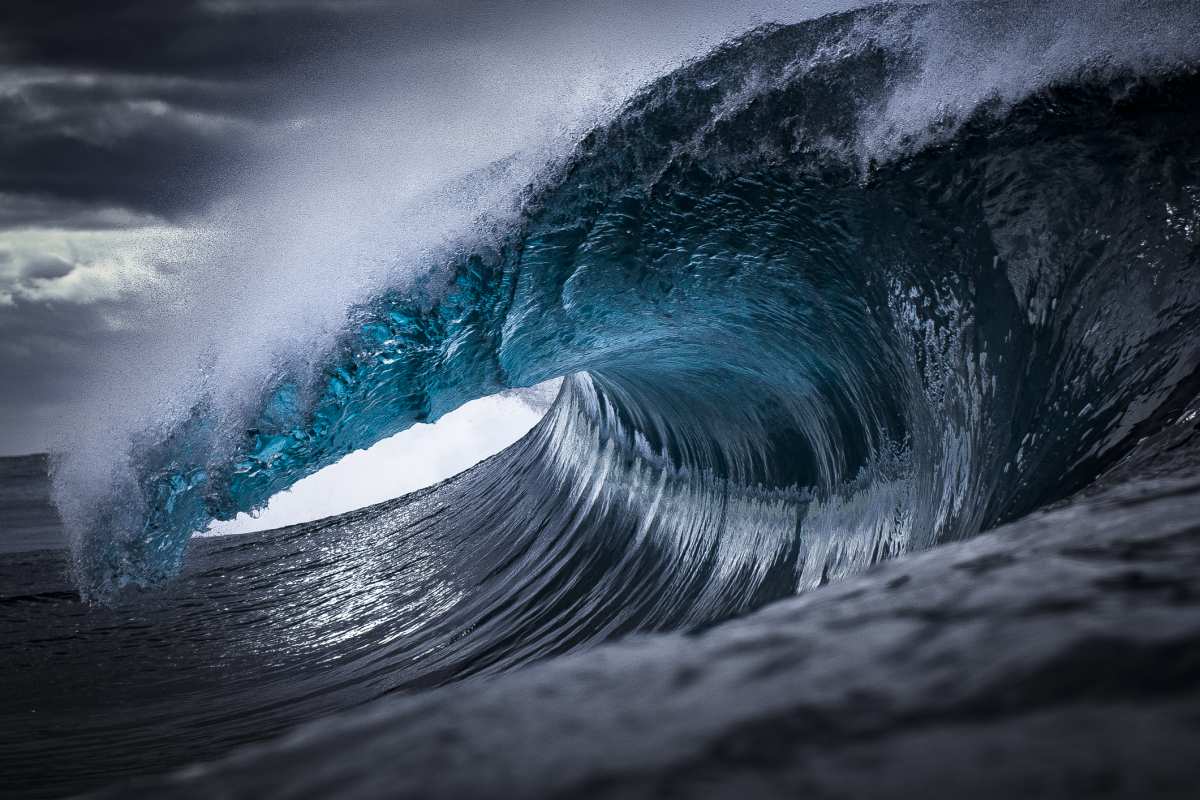
The second feature that triggered the meteotsunami was a very strong, sustained wind that was blowing at over 30 miles per hour, from the southeast for several hours. The buffeting winds pushed the waters in Whitefish Bay out into the northern part of Lake Superior. The previously raised 19 inches of water now rose even further to 24 inches. Scientists later termed this part of the fluctuation as “storm surge.” The third and final reaction of the lake’s waters was that of sloshing in wildness.
The waters in the middle of the lake lapped vigorously for several hours, ultimately retreating back into the Whitefish Bay. This water level rise was identified as a phenomenon called “seiche,” pronounced saysh. After the reports came out, Chin Wu, a professor at the University of Wisconsin in Madison who has expertise in meteotsunamis, warned people to never go out to the beach in the event of fluctuations or storms like these erupting in the lake. As Wu cautioned, the lake wouldn’t require humans’ permission before rising from its unfathomable depths to touch the skies, maybe drown the entire town.
More on Green Matters
Scientists Break Down the Key Decisions That Transformed the Great Salt Lake Forever
Experts Warn If You Ever Notice This Strange Sign in the Ocean — You Should Get Out ASAP
Chilling Footage Shows a Couple Being Unaware of The Violent Ocean Waves: "All It Would Take..."